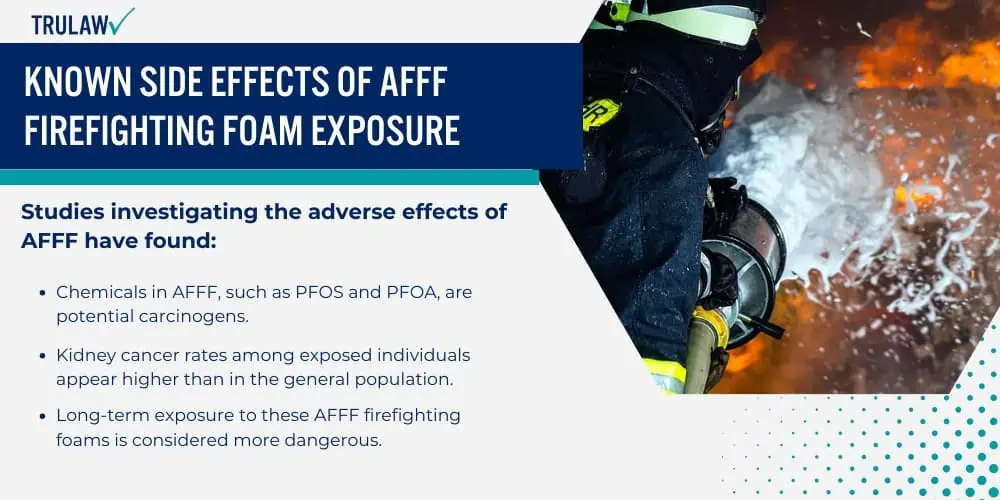The Navy has widely utilized Aqueous Film Forming Foam (AFFF) in various capacities.

Notably, it is used at installations and bases, during routine maintenance, and in firefighting training exercises.
This has led to lawsuits as concerns over environmental and health impacts come to light.
AFFF: A Staple at Various Navy Installations and Bases
AFFF has been a key firefighting agent at military bases due to its effectiveness against flammable liquids.
It creates a blanket-like foam that suffocates fire by removing oxygen, which is essential for operations involving aircraft and vehicle fires.
The following are areas and people commonly involved with AFFF:
- Navy Installations: Numerous service members around the country utilize AFFF.
- Military Personnel: Directly engaged with AFFF during emergencies.
- AFFF Storage: Facilities keep large quantities on-site.
- Protective Gear Use: Workers wear gear when handling AFFF due to its chemical properties.
In recent years, concerns over AFFF’s environmental impact led to stringent restrictions and ongoing AFFF litigation called the Navy firefighter foam lawsuit.
Routine Equipment Maintenance and Testing with AFFF
Regular maintenance and testing of firefighting equipment are essential, and AFFF plays a significant role in these activities.
These activities could potentially affect the environment and the health of those exposed.
Below are some common uses of AFFF during equipment maintenance and testing:
- Equipment Testing: Liberally used during routine checks.
- Maintenance Procedures: Involved AFFF to ensure readiness.
- Training Scenarios: Simulated environments used AFFF for realism.
- Disposal Practices: Raised questions about the sustainability of AFFF usage and its impact.
Focused legal scrutiny, part of the AFFF firefighting foam MDL, examines the broader implications of such extensive usage.
Extensive Use of AFFF in Navy Firefighting Training Exercises
Firefighting training is rigorous and involves applying AFFF to prepare navy firefighters for real-world scenarios.
Here are some common training exercises that use AFFF:
- Firefighting Drills: Regular drills feature AFFF to extinguish practice fires.
- Live Fire Events: Realistic exercises with AFFF allow for hands-on experience.
- Application Techniques: Trainees learn the optimal use of AFFF in various fire situations.
- Safety Protocols: Instructions include safe handling and usage of AFFF.
As awareness of AFFF’s potential risks grows, the military and other stakeholders re-evaluate its widespread use.
This has led to significant discussions within the context of the firefighting foam controversies.






